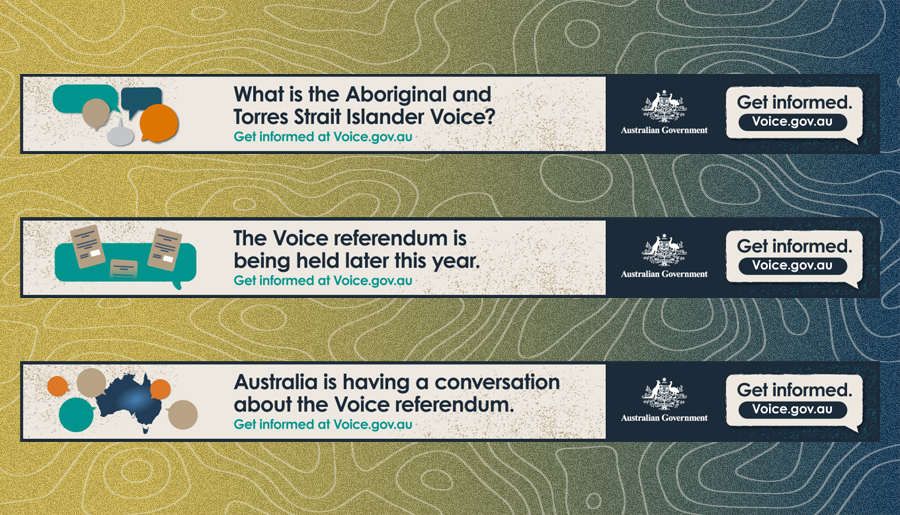In the year of our Lord, 2023, we’re all susceptible to getting duped. ‘Cause people can lie, they can disseminate misinformation, and, what’s more, they might leave you scared or confused. This is no exception when discussing a First Nations Voice to Parliament and its details.
For instance, the No campaign was recently critiqued for publishing false information. They claimed that an Indigenous man, Stewart Lingiari, was the grandson of the land rights activist Vincent Lingiari. They also claimed that he was voting “No” in the upcoming Voice referendum.

However, Stewart Lingiari isn’t Vincent Lingiari’s grandson. What’s more, Stewart claimed that he was pressured into saying he’d vote no.
“I’m nowhere near Vincent Lingiari, I’m not his grandson,” said Stewart Lingiari.
“I was told to say that word there: I don’t want you to look at me differently. That’s why I am voting no.”
“If I would have [known] what this Voice was, I wouldn’t have said this,” asserted Stewart. “This is what the cameraman told me to say.”
This example is just a drop in the ocean. In January, Facebook was forced to delete multiple No Campaign ads that were chockablock full of misinfo.
So, with all of this in mind, how can we Aussies possibly tell the facts from the weeds? How can we make sure that the Voice to Parliament details we know are correct?
Well, fortunately, the Australian Government has just created a toolkit to battle Voice misinformation. It’s facts, no filler. It’s details, not opinions. It’s a trustworthy source of mint news.
“All Australians need to be well-informed with access to a trusted source of information as they consider the proposal to change the Constitution to recognise the First Peoples of Australia through a referendum,” said Linda Burney, our Minister for Indigenous Australians.
“I welcome the launch of this information campaign which will reach audiences of every background and is a key step in preparing the country for this national conversation before voting day.”
This toolkit features the following information:
- Animated clips that explain what the Voice is.
- Voice explainers in multiple First Nation languages.
- Voice explainers in Arabic, Mandarin, and more.
- Posters that encourage folks to learn about the Voice.

The top of the toolkit’s main webpage reads; “This toolkit provides resources containing key information about the Voice referendum, which you can download and share with your communities and networks.”
“The Voice would be an independent and permanent advisory body. It would give advice to the Australian Parliament and Government on matters that affect the lives of Aboriginal and Torres Strait Islander peoples.”
If you want to access this Voice to Parliament toolkit, you can click the snazzy link here.
Related: SA Becomes First State With a Voice to Parliament
Related: A First Nations Voice — What Does That Even Mean?
Read more stories from The Latch and subscribe to our email newsletter.







